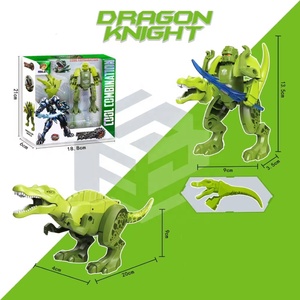Tutte le categorie
Prodotti in primo piano
Protezioni per gli ordini
Acquista su Alibaba.com
Inizia da qui
Servizi per il commercio
Centro assistenza
Scarica l'app
Scarica l'app Alibaba.com
Trova i prodotti, comunica con i fornitori, gestisci e paga i tuoi ordini con l'app Alibaba.com, ovunque e in qualsiasi momento.
Scopri di più









































































































































































































































































 浙公网安备 33010002000092号
浙公网安备 33010002000092号 浙B2-20120091-4
浙B2-20120091-4